In the swirling confluence of petrodollars, futuristic skylines, shifting demographics, and tech-fueled ambition, the Middle East’s real estate scene doesn’t just beckon — it roars. Like a mirage turned tangible, this region, long defined by oil and opulence, now commands global attention for a different kind of asset: land, brick, mortar — and the promise they hold. At the heart of this feverish metamorphosis is a rapidly expanding housing market shaped by policy reinvention, massive migration flows, and a hunger for diversified national wealth streams. For investors seeking a front-row seat to this transformation, platforms like middle-east.realestate offer a streamlined gateway into the region’s most up-to-date listings, data, and opportunities — all curated under one digital roof.
Welcome to the brave, booming new world of Middle Eastern property investment.
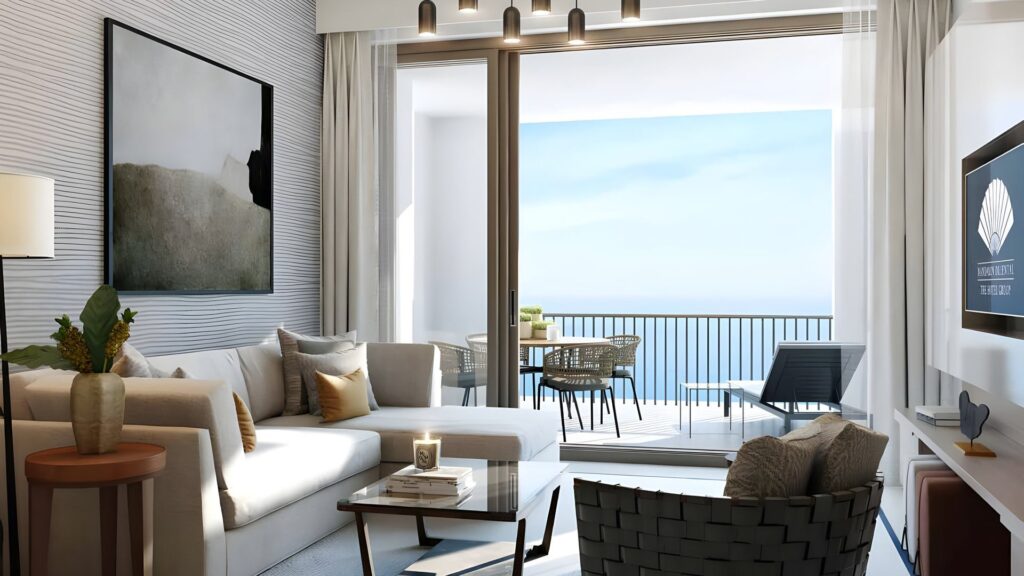
The Macro Mirage: A Market in Momentum
It’s no longer a secret: real estate across the Middle East — from the glass-clad towers of Dubai to the evolving urban nodes of Muscat and Riyadh — is undergoing a tectonic transformation. Fueled by economic liberalization and a digital-first mindset, governments are rolling out the red carpet for investors with reforms that feel less like bureaucracy and more like a bidding war for your capital.
Take this for perspective: projections suggest the region’s residential property market is poised to grow at a blistering 9.8% CAGR between 2024 and 2030. That’s not a typo — nearly 10% annually. Oman alone is flexing its muscles, anticipating growth from USD 4.39 billion in 2024 to USD 4.78 billion by 2025, en route to a thunderous USD 7.42 billion by 2030. The scent of opportunity isn’t just in the air — it’s perfumed into the cement of new developments.

Fault Lines and Foundations: What’s Driving This Boom?
This isn’t just frothy speculation. It’s a blend of structural drivers all converging at once:
- Population Tremors: Expatriates now form nearly 40% of Oman’s population. In tandem, demand for rentals surged 8% year-over-year in 2024. Similar demographic shifts ripple through the UAE and Saudi Arabia. More workers, more dwellings. It’s arithmetic with dollar signs.
- Government Dreams, Investor Schemes: Massive national agendas — Oman Vision 2040, Saudi Arabia’s Vision 2030 — are the blueprint for post-oil futures, anchored in smart cities, tourism corridors, and knowledge hubs. These aren’t vague aspirations; they’re fully funded masterplans turning desert dust into development gold.
- Green & Keen: ESG isn’t a Western buzzword anymore. Developers in the Gulf are pushing for green-certified builds and weaving PropTech into their processes — from blockchain-powered title deeds to AI-driven property analytics. The result? Institutional investors are no longer skeptics; they’re stakeholders.
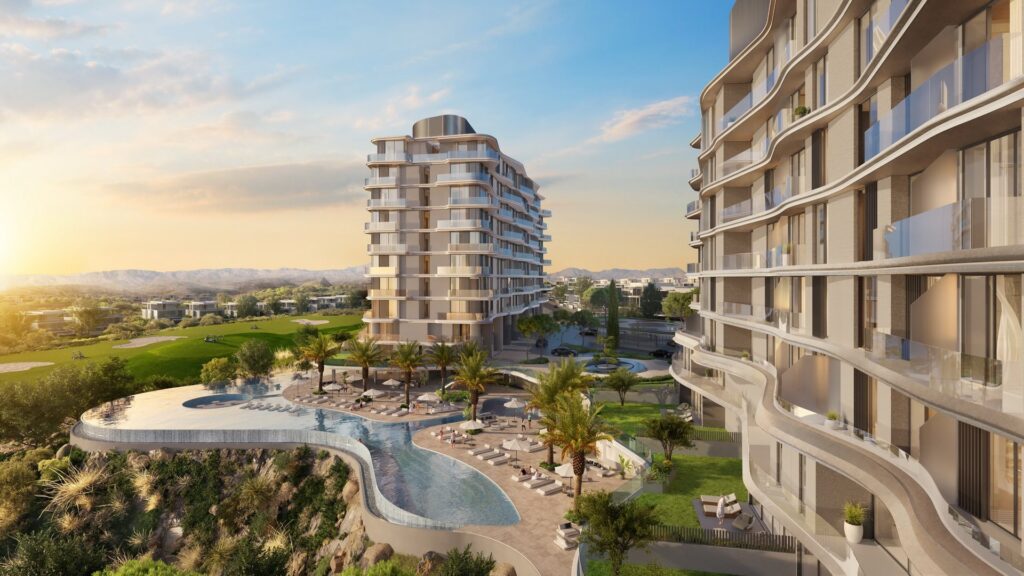
Where the Returns Roam: Yields That Do More Than Just Impress
In a world chasing safe yield, the Middle East plays its trump card confidently.
- Muscat: The capital city of Oman offers 6–8% gross rental yields, particularly in upmarket districts like Al Mouj, where seafront serenity meets infrastructure excellence.
- Dubai: With its global expat magnetism and towering ambition, Dubai’s average apartment yields hover around 7–8%. Villas, while posher, deliver slightly less — but the capital appreciation? Stellar.
- Riyadh: Think the Saudi capital is lagging? Think again. Central city apartment yields reach 9.11%, while suburban fringes inch higher. Combine this with price appreciation, and it’s a potent cocktail.
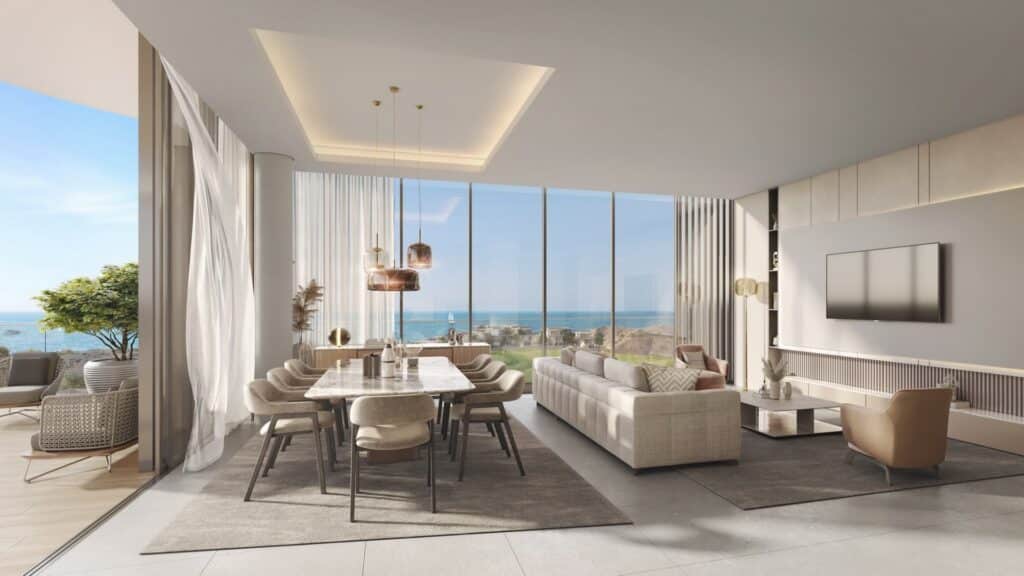
Capital Gains: Price Surges You Can’t Ignore
We’re not just talking about rental income. Property values themselves are vaulting.
- Dubai’s price-per-square-foot catapulted 147% since early 2021, touching a median of AED 1,750 in Q3 2024. Those who blinked missed the climb.
- In Riyadh, residential sales volumes surged past SAR 2.5 trillion (~USD 533 billion) in 2024 alone, while average property prices leapt 8.6% YoY. Steady. Strategic. Strong.
- Muscat? Not to be outdone, Oman’s capital saw its price index rise by 7.3% in Q1 2025 — a reflection of renewed local demand and savvy policy nudges.
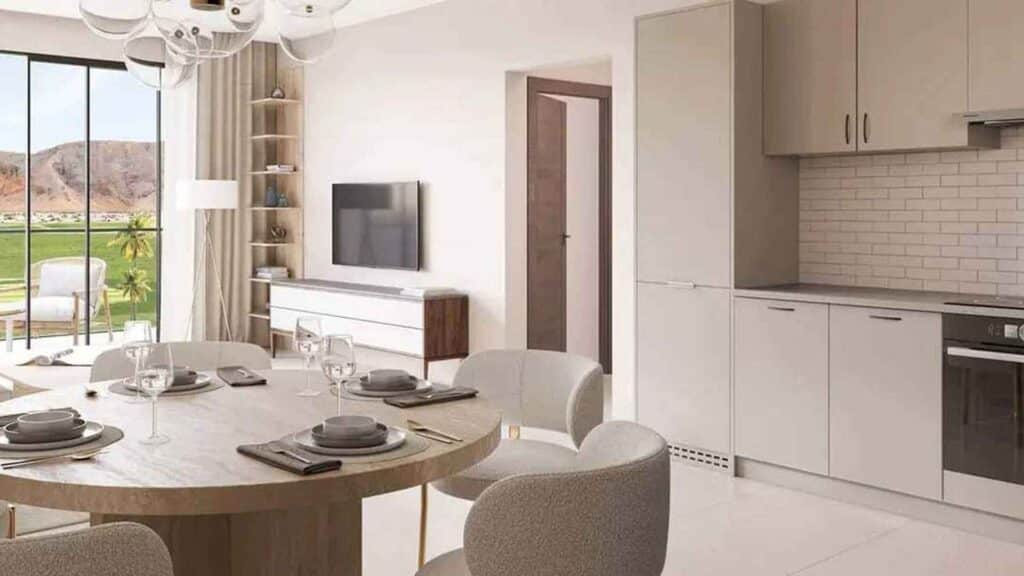
Zoom In: Oman’s Ascent from Underdog to Undiscovered Gem
Once a quiet corner of the Gulf, Oman is suddenly roaring louder. The country’s 2024 real estate GDP contribution was OMR 1.08 billion, up 1% YoY. Behind this rise? A policy mosaic that includes affordable housing schemes, improved financing options, and a low-cost entry point for investors. Central Muscat apartments average OMR 62.87 per sq m — a compelling number when juxtaposed against neighboring capitals.
And then there’s Al Mouj Muscat. Once a boutique seaside community, it’s now a microcosm of demand-driven growth. One-bed apartments there, once sold for OMR 105,000 in 2019, now command significantly higher premiums — a tidal wave lifted by Oman’s business appeal, quality of life, and policy clarity.
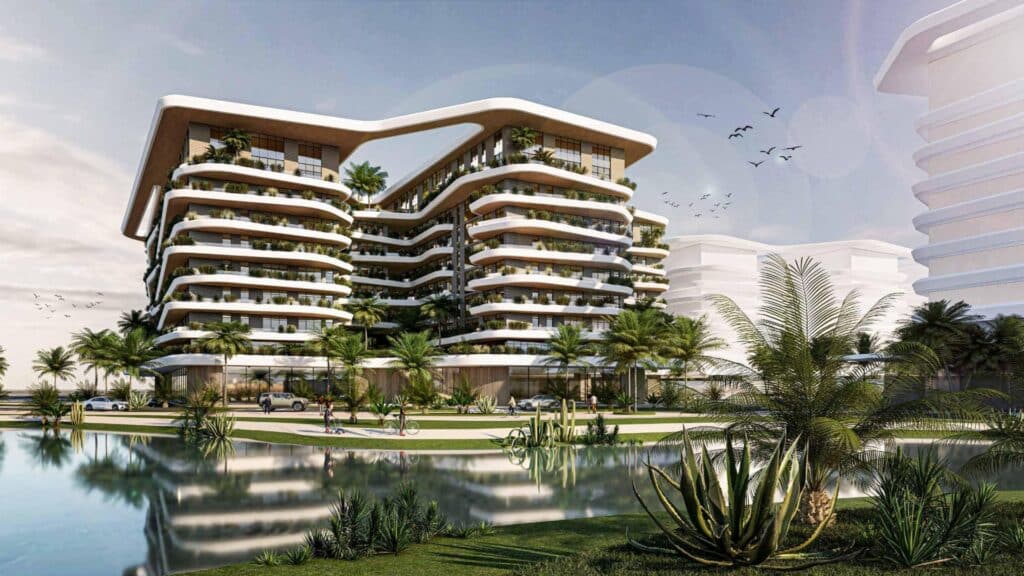
Risk Terrain: It’s Not All Sunshine
As with any high-octane investment climate, the Middle East has its minefields:
- Regulatory Roulette: Visa tweaks, foreign ownership laws — they shift fast. What’s legal today may be licensed tomorrow.
- Oil and Other Oracles: Commodity volatility, especially in oil, remains a looming factor. Budget allocations for mega-projects hinge on crude staying north of fiscal break-even.
- Oversupply Shadows: Particularly in Dubai and Muscat’s luxury segments, an influx of projects risks rent stagnation or even decline.
- Global Shocks: Inflationary tightening in the US or EU? It can send shockwaves into emerging market capital flows, and the GCC is not immune.
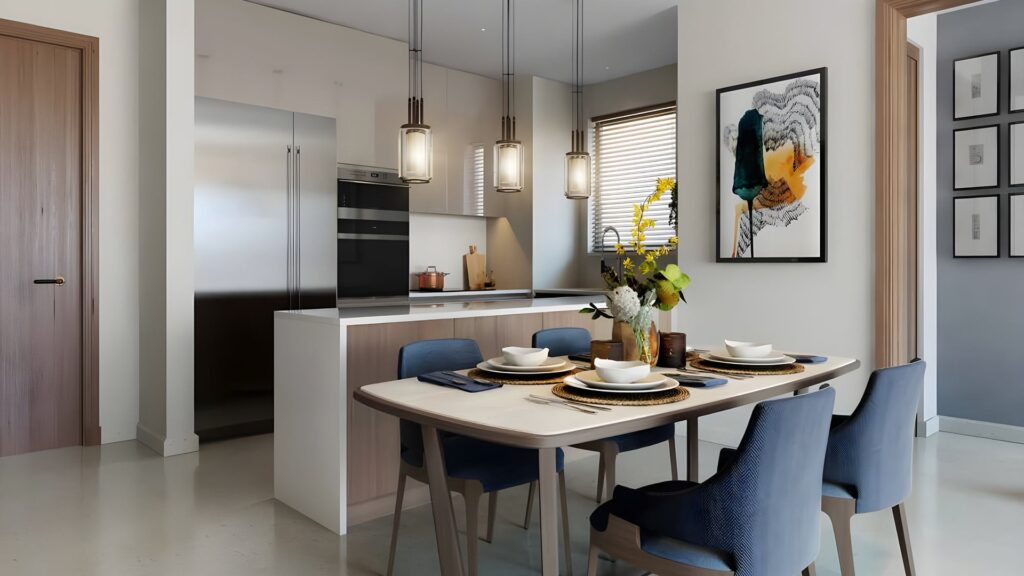
Your Playbook: Strategic Moves for Maximum Reward
- Balance the Basket: Don’t bet all on one emirate. Combine hyper-growth hubs like Riyadh with stable, undervalued plays like Muscat to hedge macro shocks.
- Asset Quality Over Hype: Choose properties in integrated communities — schools, healthcare, transit. These aren’t just perks; they’re yield insurance.
- Digital Everything: Embrace PropTech. From virtual walkthroughs to blockchain deeds, this is the new due diligence.
- Policy Hawk Mode: Stay plugged into visa updates, sustainability mandates, and land-use regulations. Real estate isn’t static — neither should you be.

The Final Frame: A Mirage Made Real?
Real estate in the Middle East no longer lives in the shadow of oil wealth — it’s carving out a narrative of its own. One of resilience, reinvention, and ROI. Whether you’re scouting income-generating apartments in Abu Dhabi, capital-heavy villas in Dubai, or undervalued apartments for sale in Oman, the puzzle pieces are in play.
The real question is: can you assemble them before the next investor wave hits?
From the bold skyscrapers of the UAE to Oman’s quietly booming coastline, this region is not just constructing buildings — it’s building a new era. For investors with the appetite for nuance, volatility, and long-term upside, the Middle East stands not as a risk — but as a reward waiting to be claimed.
- 0shares
- Facebook0
- Pinterest0
- Twitter0


